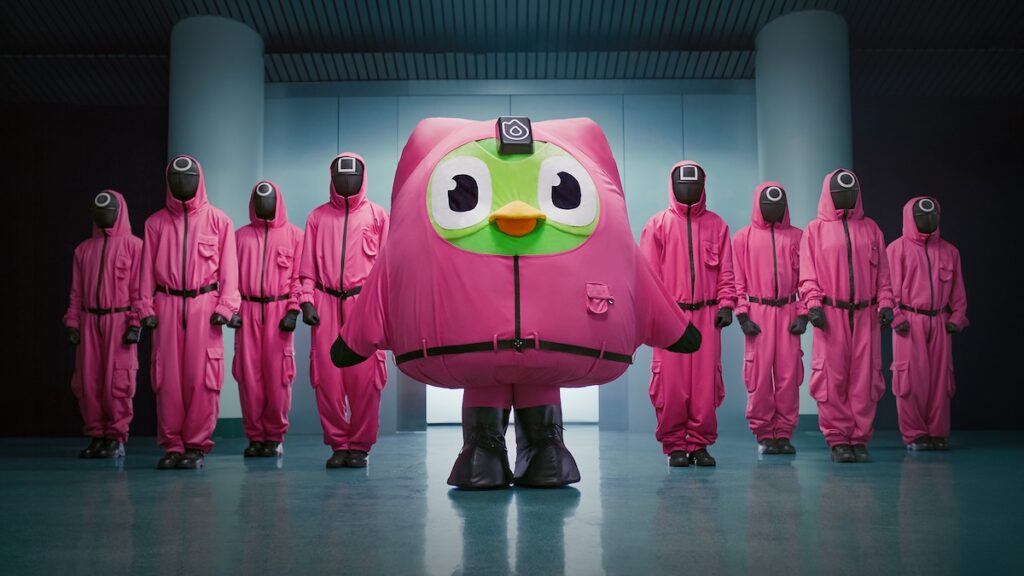Duolingo’s Shift to AI: Implications for the Workforce
Recent Developments at Duolingo
Duolingo has announced its intention to transition towards an “AI-first” operational model, which involves replacing certain contractor roles with artificial intelligence. This shift has sparked concerns about the broader implications for job security within the creative industries.
Contractor Reductions and AI Integration
According to journalist Brian Merchant, this recent strategy aligns with previous actions taken by Duolingo. The company reportedly reduced its contractor workforce by approximately 10% at the close of 2023, with additional layoffs in October 2024, impacting roles such as translators and writers who have been supplanted by AI technologies.
The Impact on Entry-Level Positions
Merchant referenced a discussion featured in The Atlantic regarding the rising unemployment rates among recent college graduates. One possible explanation for this trend is the increasing reliance on AI in positions traditionally filled by entry-level personnel. Corporations may be reallocating resources toward AI solutions, resulting in diminished hiring opportunities for new graduates.
Understanding the Wider AI Employment Crisis
The situation reflects a broader “AI jobs crisis,” characterized by executive decisions aimed at reducing labor costs while consolidating authority within organizations. This pattern has led to noticeable attrition in creative sectors, affecting freelance artists, writers, and illustrators, who are experiencing declining incomes as companies opt for fewer human hires.
“The AI jobs crisis is not any sort of SkyNet-esque robot jobs apocalypse — it’s DOGE firing tens of thousands of federal employees while waving the banner of ‘an AI-first strategy,’” said Merchant.
Conclusion
As Duolingo continues to embrace AI-driven methodologies, the resulting changes underscore significant shifts within the workforce landscape. The implications extend beyond the company itself, prompting discussions on the fate of entry-level positions and the future of creative work in a technology-centric economy.


